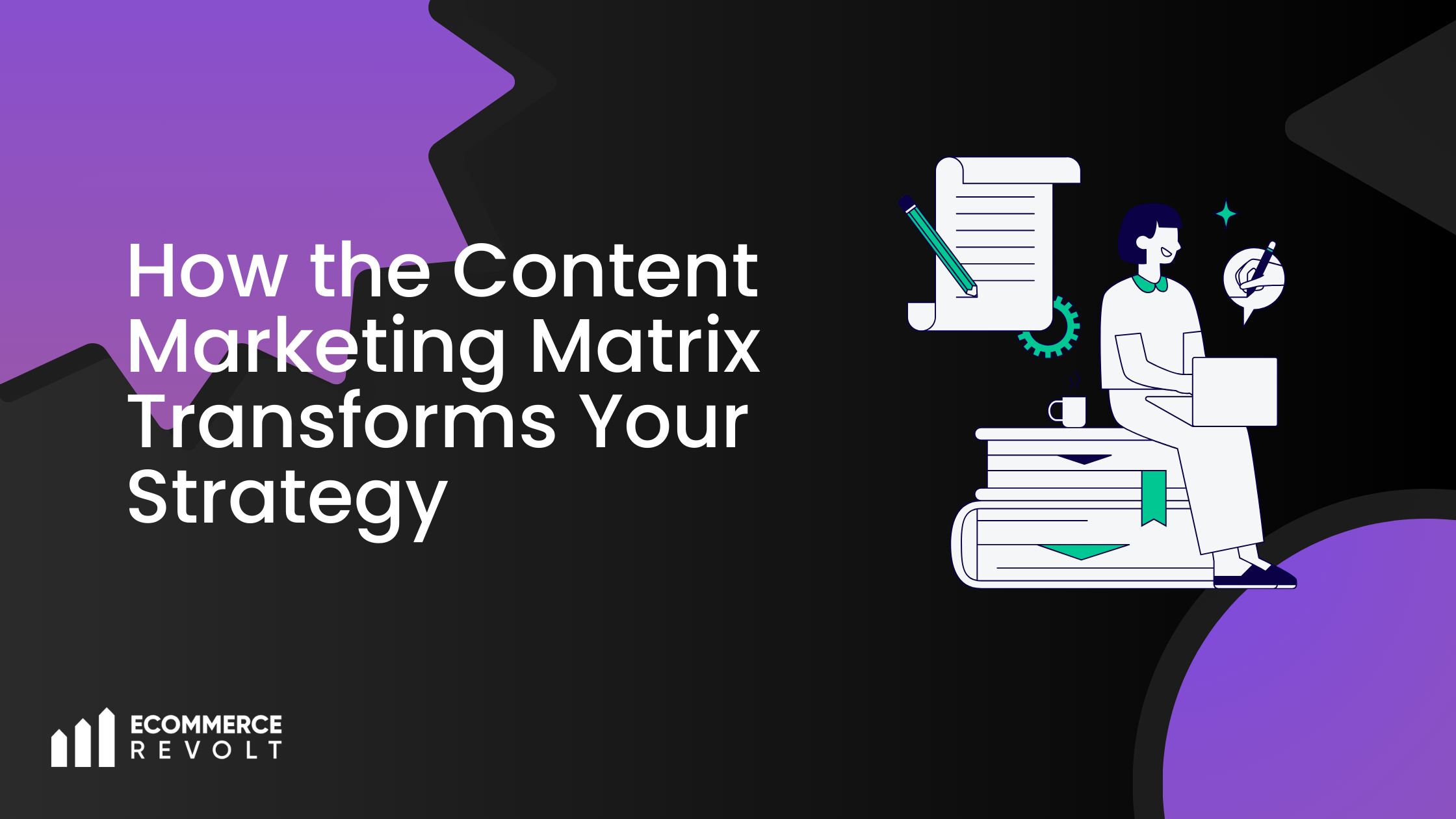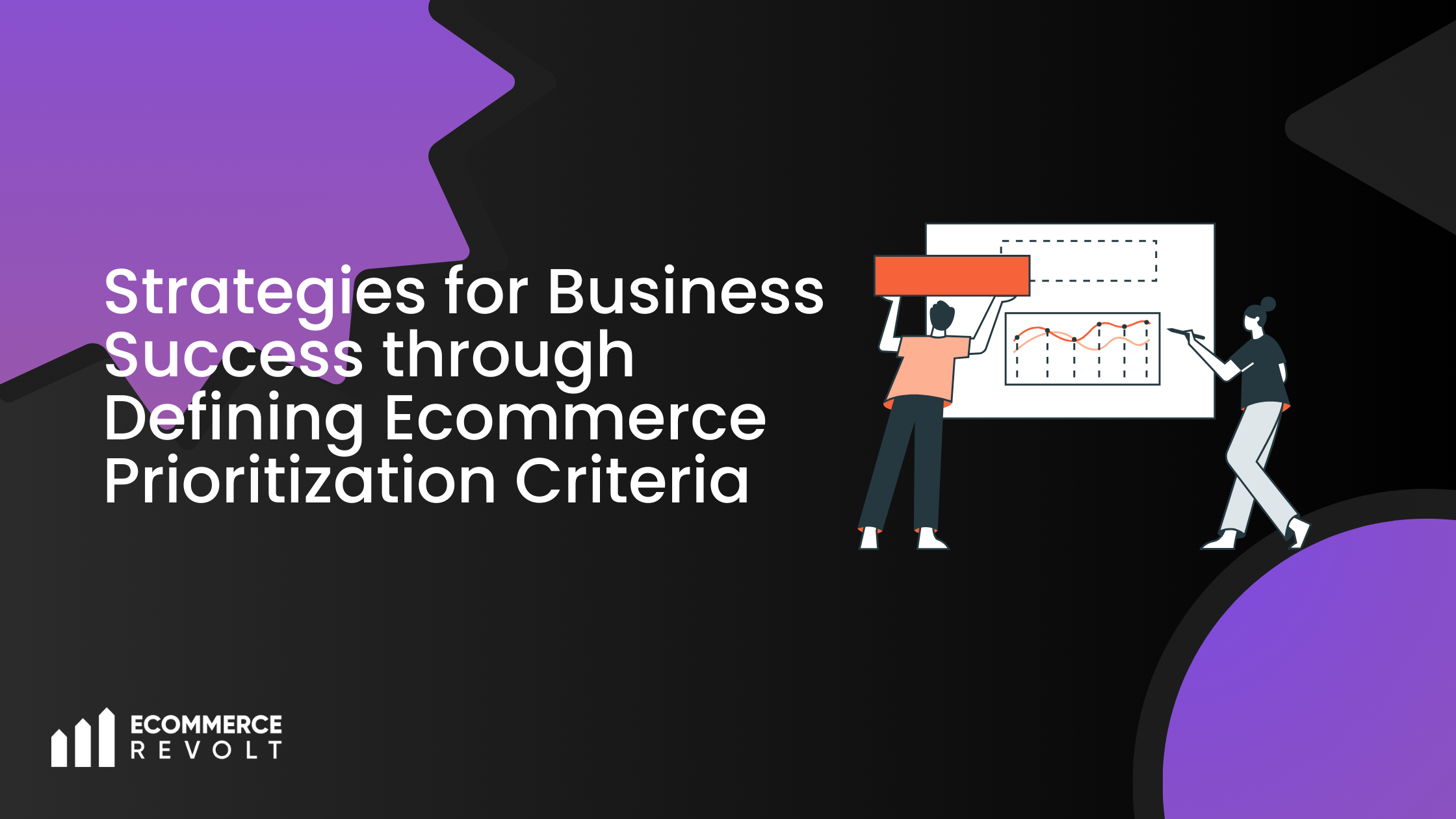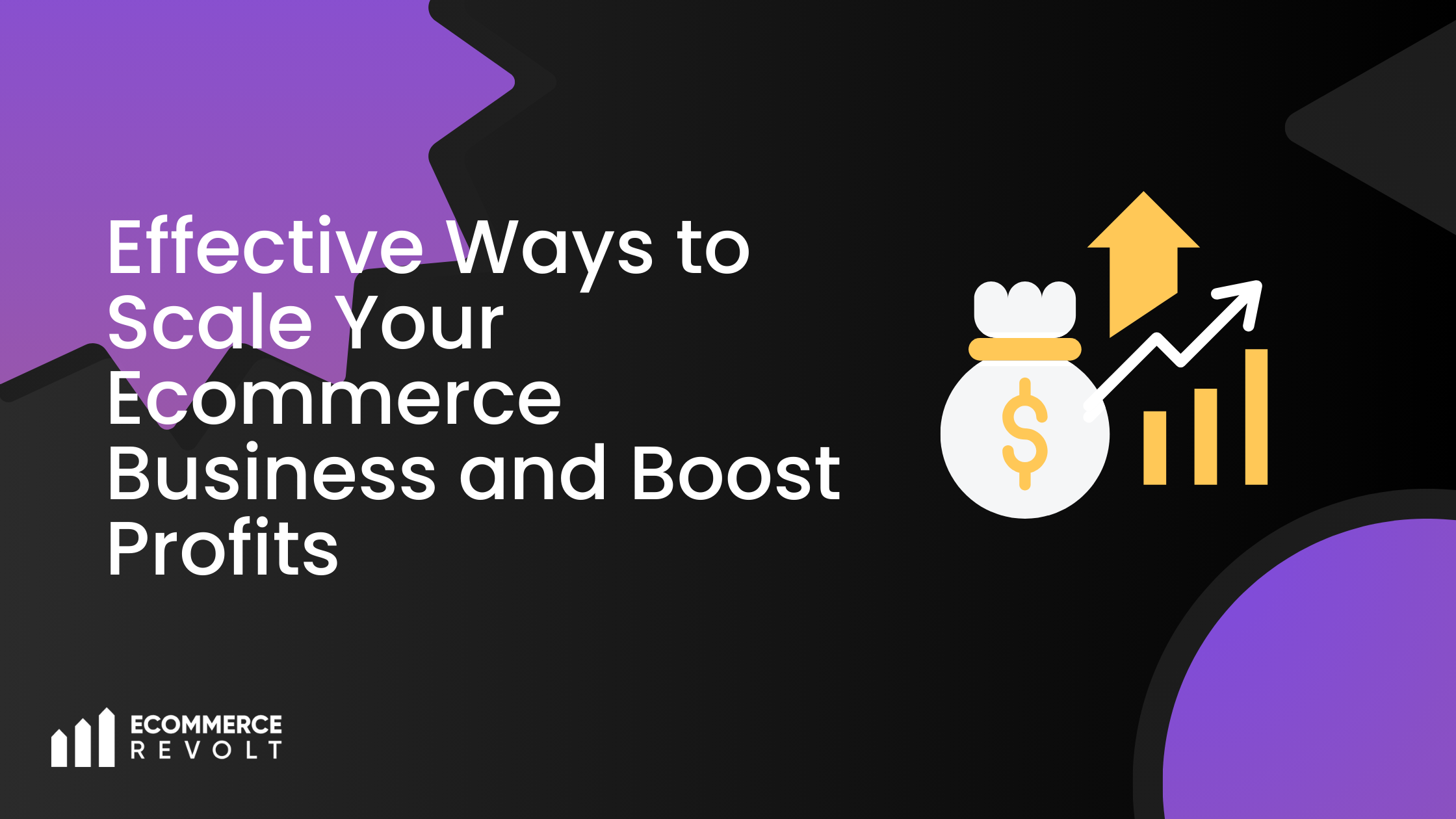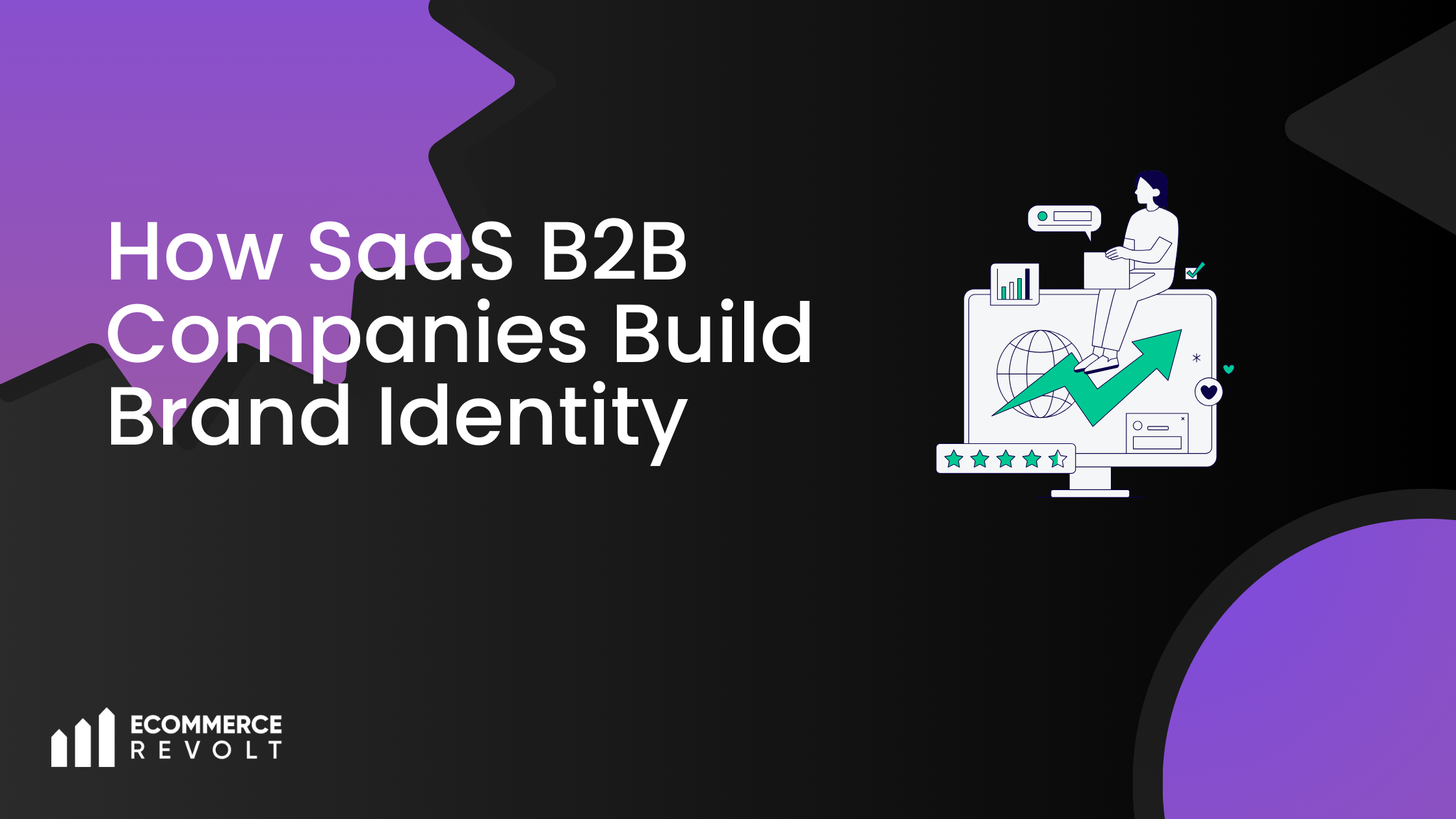When it comes to creating several kinds of content that have all stages of the buyer’s journey, then something important, and hence, comes the Content Marketing Matrix by Smart Insights, which allows a strategic form of diversified content to engage audiences, build trust, and send conversions to the right destination.
What is a Content Marketing Matrix?
A Content Marketing Matrix is strategically designed to bring content in line with specific marketing goals and audience needs. Its main purpose is to help a marketer decide what kind of content to produce based on two axes:
Emotional vs. Rational Content:
This captures the type of communication you want to create. Emotion-based content is on emotions and desire, while rational-based content is on practical know-how and answers.
Awareness vs. Purchase:
This fits the buyer’s journey stages. Content on awareness needs to attract and inform, while content on the purchase stage needs to convert and reinforce.
Using these axes, the matrix breaks down content into four main types: Entertain, Inspire, Educate, and Convince. Each quadrant is designed to facilitate a prospect through his or her buying journey from first awareness of the product to final purchase.
How to Apply the Content Marketing Matrix
Using the Content Marketing Matrix, you are able to map your content at every step of the way, across the various needs of your target audience. Here’s what each quadrant represents along with examples, to help illustrate their application.
1. Entertain (Emotional + Awareness)
This content will catch the attention of the people and will then spark interest by being entertaining for your audience. It’s about sparking a connection through humour, relatable stories, or lighthearted media that will attract people to your brand. A couple of great examples here are:
- Videos and Social Media Posts: Short, funny videos, GIFs, and social media stories create fun impressions and can raise brand awareness.
- Quizzes and Polls: Such interactivity content through quizzes or polls will emotionally engage the user and introduce your brand to their radar.
A travel agency used a quiz called “Which Dream Destination Fits Your Personality?” This keeps viewers engaged and subtly connects them to the services of the agency without direct sales pitches.
2. Inspire (Emotional + Purchase)
Show people how your product or service is going to change their lives this is the Inspire quadrant. Here, storytelling blooms, as it creates an emotional bond that will allow your audiences to envision themselves using your product. Examples include:
- Case Studies and Testimonials: Real stories of satisfied customers can very powerfully demonstrate the value of your product.
- Success Stories and before-after Stories: Content that shows how your product has positively affected the user’s life will be an inspiration to get them off the “wait list.”
A health supplement company may have a testimonial video which highlights before and after an emotional and physical transformation of one of its customers.
3. Educate (Rational + Awareness)
This quadrant is used to develop credibility and add value through educating your target market. Here, content will allow a customer to understand the market trends, discover your products, or solve common problems. Examples of content for this section include the following:
- How-To Guides and Tutorials: These deliver actual knowledge in achieving a desired goal and reinforce your site as an authority in the industry.
- Infographics: Data-driven visuals allow you to present information and make complex topics more accessible.
A tech company could publish a detailed how-to guide on “Setting Up Cybersecurity for Your Small Business.” Such content as this builds trust with an audience looking for reliable solutions.
4. Persuade (Rational + Purchase)
This type of content aims to clear doubts and persuade target audiences to make a purchase. It’s about offering proof, comparisons, and answering questions that help in making an easier decision. Among the effective content types here include:
- Product demos and comparisons-in-action: a display of how your product works can show that it indeed has value over other competing products.
- FAQs and Whitepapers: this is the document describing an answer to detailed questions. This will reduce the risk associated with many buyers.
For instance, a software company can have a demo video that guides potential customers through its interface, and then elucidate features that make it excellent to competing other ones.
Benefits of Content Marketing Matrix
Inculcating the Content Marketing Matrix in your strategy allows you to have a well-balanced content stream that will meet every phase of the buyer’s journey. Consider the following important advantages:
More audience engagement:
The different contents are a hook for the users with varying needs and desires and keep them captive to your brand.
Efficient content planning:
What the matrix does is that it keeps you away from redundant content so that all parts of your buyer’s journey are covered.
High Conversions:
Aligning different types of content with each buyer’s needs and stage results in timely and targeted contents that drive more conversions.
How Ecommerce Revolt Can Help You Leverage the Content Marketing Matrix
An effective content strategy is the culmination of effective planning and execution. Ecommerce Revolt can help create a matrix of content marketing for each persona to drive more engagement, attract new leads, and generate more conversions. Here’s how we make this framework come alive:
Content Creation and Curation:
We create high-quality content informed at each level of the buyer’s journey-from fun social posts to informative blog articles.
Data-Driven Insights:
We look at your audience’s preference. What are the primary interests they have? This way, your matrix is always optimised to reach them with maximum impact.
Strategic Campaign Integration:
Ecommerce Revolt integrates all channels, social media and email marketing to paid advertising, to create a seamless brand experience through your matrix.








